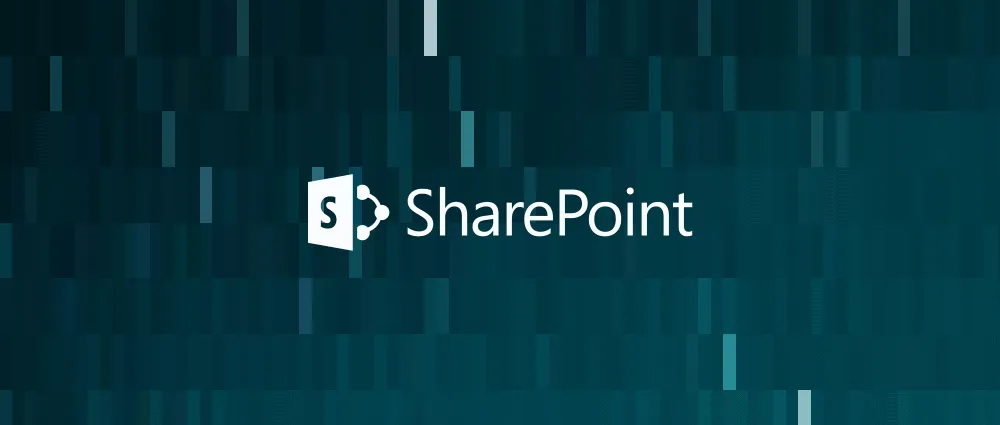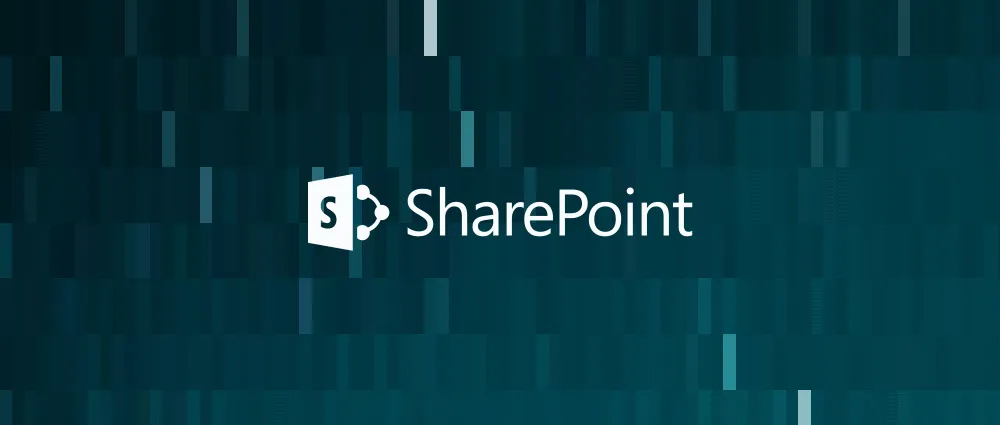
Microsoft SharePoint will be 21 years old this month, having launched at the end of March 2001. Initially intended to be the “Office Server”, SharePoint first built on Microsoft’s Site Server intranet tooling, offering businesses a place to share and collaborate around Office documents and files. Since that launch it’s become the hub for much of Microsoft’s collaboration tooling, moving to the cloud as a key component of Microsoft 365.
That cloud migration has allowed Microsoft to offer key SharePoint features like Lists as standalone applications to Microsoft 365 customers, bundling them into one subscription. It’s also the foundation of the enterprise OneDrive cloud storage platform. With tools like these built into your Office subscription it’s not surprising that customers have wondered whether there was still a role for SharePoint on their own networks.
The current on-premises version of SharePoint, SharePoint 2019, has been around a while. It was an important release, allowing the development of more modern applications and providing a way of moving between on-premises operations and the cloud-hosted SharePoint Online. But there’s a big difference between the cloud platform and your data center: Microsoft is updating its cloud services regularly, and on-premises systems are going to eventually lag them, even if applications are built using the SPFx programming framework.
SEE: Microsoft 365 Services Usage Policy (TechRepublic Premium)
Demand for on-premises SharePoint isn’t going away
It’s clear there’s a need for on-premises SharePoint. Many regulated businesses can’t store information in the public cloud, while others see risks that they’d prefer to control themselves. While a cloud-only SharePoint might be best for Microsoft, it’s clear that there’s a big enough and, perhaps more importantly, vocal enough market to ensure that an on-premises release will be with us for a long time to come. So, with SharePoint 2019 starting to show its age, what’s next for SharePoint, and how can it keep up with the cloud?
Last summer Microsoft senior product manager Bill Baer unveiled a new release of SharePoint Server, which has now reached general availability, that’s intended to bridge the gap between on-premises SharePoint that’s only updated when new versions are released and the regular updates of the cloud SharePoint Online. As he told us, “It’s a more curated approach emphasizing the specific needs of our on-premises customers, such as features to help simplify management and improve their security posture.”
Introducing SharePoint Server Subscription Edition
The resulting SharePoint Server Subscription Edition changes how we deploy SharePoint without changing how we license it, while delivering a version that gets continuous updates that avoid the risks of big-bang deployments that jump from version to version. That doesn’t mean you lose control of how it updates; you can still manage those regular updates, so they fit in with how you work.
Any new SharePoint needs to take advantage of the capabilities of the underlying Windows Server platform, and SharePoint Subscription Edition is designed to work with Windows Server 2022. That allows it to leverage new security features, including support for TLS 1.3. While you can install it on older Windows Server releases you won’t get the benefits that come from a newer OS version.
Other security updates include support for Open ID Connect, making it easier to integrate on-premises SharePoint with third-party authentication tools. This approach allows you to enforce multi-factor authentication. Using newer authentication protocols like this will help with using HTTP/2 and QUIC connections to the underlying web server, as it backs off to older protocols if you’re using older Windows tools like Kerberos or NTLM authentication.
Virtual infrastructures aren’t only for the cloud. If you’re using virtualization in your data center, you can start to use SharePoint with Windows Server Core, giving you a more lightweight server installation. This will allow you to use fewer resources to host your SharePoint server farm, as well as reducing the available attack surface by removing unwanted services that could be compromised by attackers.
The move to an open source .NET is changing the way Microsoft builds web applications, and SharePoint needs to evolve along with it. New versions of .NET will be released every year, so SharePoint will have to follow that release cycle to support developers building web apps that work with SharePoint. By applying regular updates through SharePoint Server Subscription Edition, you can keep your applications up to date, using new technologies like WebAssembly for faster interactions as Microsoft provides new APIs and components in future releases.
SEE: The future of work: Tools and strategies for the digital workplace (free PDF) (TechRepublic)
Upgrading to the new SharePoint
There’s another big change in the new release. Instead of upgrading from SharePoint 2016 to SharePoint 2019 to the new release, you can jump straight from 2016 to the latest version. That simplifies the upgrade process, reducing any risks associated with updates.
Upgrades are handled using what Microsoft describes as a “database attach” method. Here, you first set up a new server farm for your SharePoint Subscription Edition. You’ll need to ensure your existing databases are running an appropriate version, copying them to the new server by first backing them up on your existing SharePoint farm and then restoring the backup to the new servers. It’s a good idea to set databases to read-only while you manage the upgrade, allowing access to data while ensuring there’s no conflict between old and new installs. Once restored to the new server, the final step is to upgrade databases and applications before upgrading site collections.
SharePoint isn’t only cloud or on-premises. You have the option of deploying it in a hybrid configuration, where regulated material is held on-premises and the rest of your service runs in SharePoint Online. This approach lets you use it with Power Apps and Power Automate, giving you the tools to build low code applications around your SharePoint workflow.
A hybrid future
By using a hybrid approach, your users will now be able to use the new discrete SharePoint-based tools without your losing control of regulated data. That data won’t be available through tools like Lists, but then it’s the type of data that’s unlikely to be exposed through tools like that, keeping financial and legal information away from prying eyes.
As Bill Baer notes, this is the best way to think about on-premises SharePoint. “Microsoft’s objective has shifted from bringing cloud innovation to on-premises to delivering discrete features to address on-premises needs”. Services like Lists won’t be on-premises; they’ll remain cloud only, requiring a hybrid approach to take advantage of them.
On-premises SharePoint is going to be with us for a long time to come. However, it’s going to diverge from the cloud, focusing on specific customer needs. If you want the best of both worlds, you’re going to need to think about implementing a hybrid architecture, using SharePoint Subscription Edition to allow applications to work across your data center and Microsoft 365’s SharePoint Online, while keeping regulated data secure on your servers.
